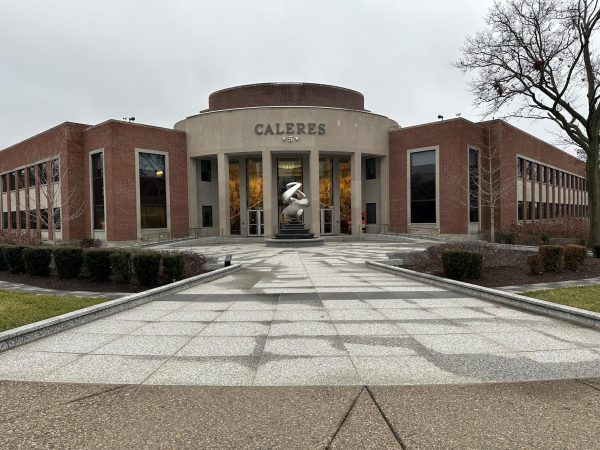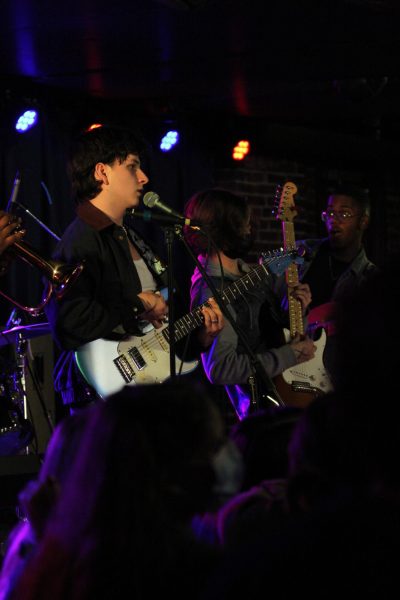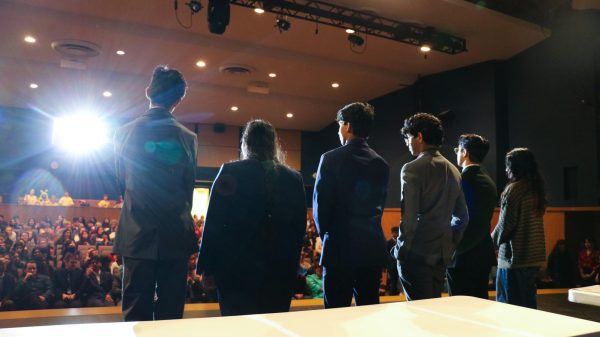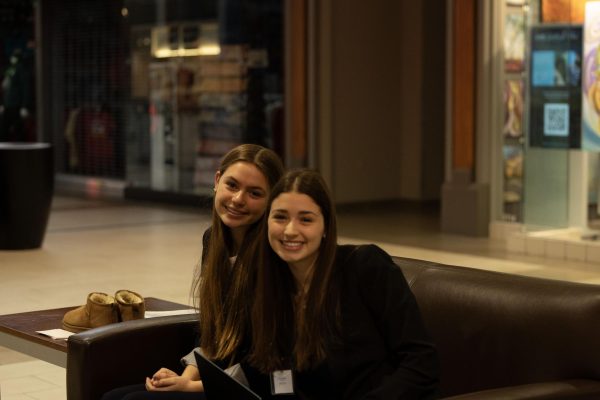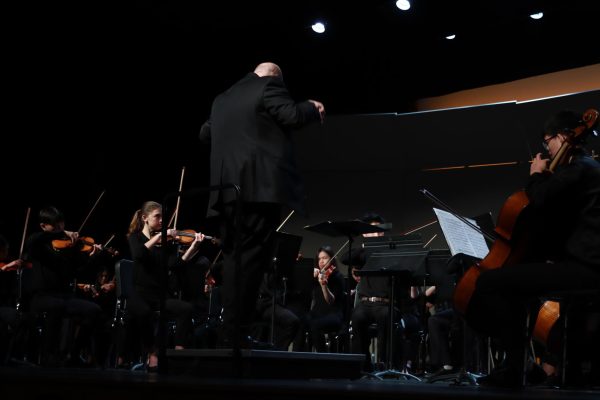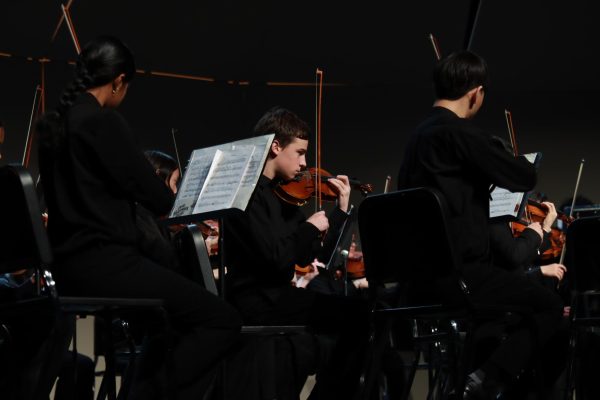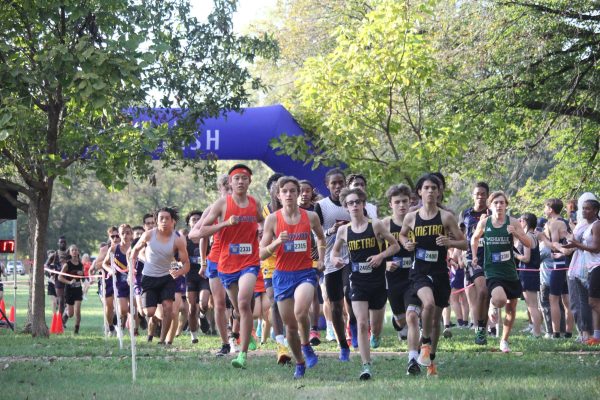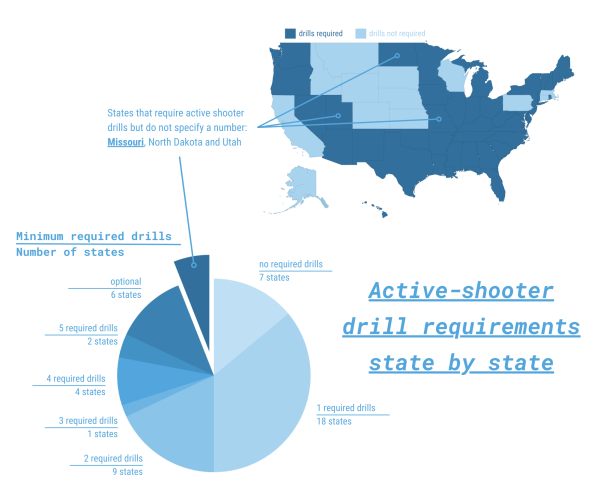TEAMS Competition
“This year’s overall 11/12 division winner is Clayton team A! And this year’s overall 9/10 division winner is Clayton team B!†said the announcer at the end of the awards ceremony of the annual TEAMS competition.
“I’ve been attending TEAMS for 22 years,†Rex Rice, the TEAMS coach for CHS, tells his students on the bus ride back to CHS, “but this is the first time that Clayton has won overall in both the 9/10 and 11/12 divisions.â€
TEAMS trophies from previous years are showcased around the physics hallway, but not many students actually know what TEAMS actually is.
TEAMS is an acronym for Tests of Engineering Aptitude, Mathematics and Science.
Groups of eight students have 90 minutes to complete 80 multiple choice questions, and then they have another 90 minutes to create written or calculated solutions for a number of tasks. This year for the second part of the test, groups received five tasks, all of which required an essay solution.
The competition is also split into two divisions, one for 9th and 10th graders, and another for 11th and 12th graders.
Every year, near the end of January, Rice sends out invitations to around 24-30 sophomore students with high grades and test scores. Students who accept the invitation are then divided into groups of eight based on grades and test scores once again.
In previous years, Rice has always created three teams of eight students for the 9/10 division. However, this year Rice decided to create four teams. Rice explained that, “I made a fourth team because there were about five students who were alternates and were faithfully coming to practices. I felt like students who were dedicated enough to come to practices despite no guarantee of being able to participate on a team deserved my best effort to make it possible for them to compete.â€
As for 11/12 teams, students who participated in previous years had the opportunity to return.
“I returned to TEAMS this year because after going to nationals last year, I really connected with the people there and practices were fun,†senior Doren Lan said.
After creating the teams, all TEAMS members met twice a week after school for practices from the end of January until the week of the competition.
“At first I was overwhelmed at practices,†sophomore David Kim said. “Trying to learn about a topic I never learned about in 90 minutes for consecutive weeks was hard to adapt to. But as we had more practices, I think I got used to it.â€
On Feb 28, TEAMS members left school early in the morning to attend the competition. This year’s competition was themed around “engineering tomorrow’s cities.†The multiple choice section was divided into subtopics such as green space, water, electrical grid and pollution.
Kim was pleasantly surprised by how well prepared his was to take on the competition.
“Most of the questions were easier than I thought,†Kim said. “Some questions only needed simple math. However, some of my teammates looked like they were being tortured though. I guess I got the luck of the draw.â€
Because of how long the part two essays took to grade, awards at the competition were given based only on the multiple choice section. In the 11/12 division, Clayton won first, second, third and fourth place overall. In the 9/10 division, Clayton won first, second, fourth and fifth.
Despite not having the complete results of the tests in at the time of publication, because of the scores in the multiple choice section of the competition many Clayton teams are likely to attend the state competition.
A $50 or more donation includes a subscription to the Clayton High School Globe 2024-2025 print news magazine.
We will mail a copy of our issues to the recipients of your choice.
Your donation helps preserve the tangible experience of print journalism, ensuring that student voices reach our community and that student democracy thrives.


